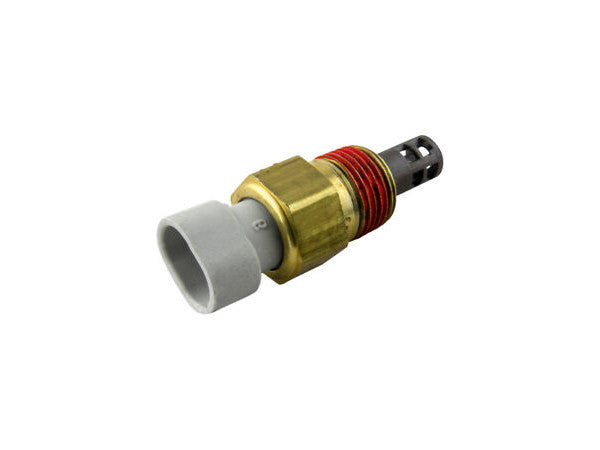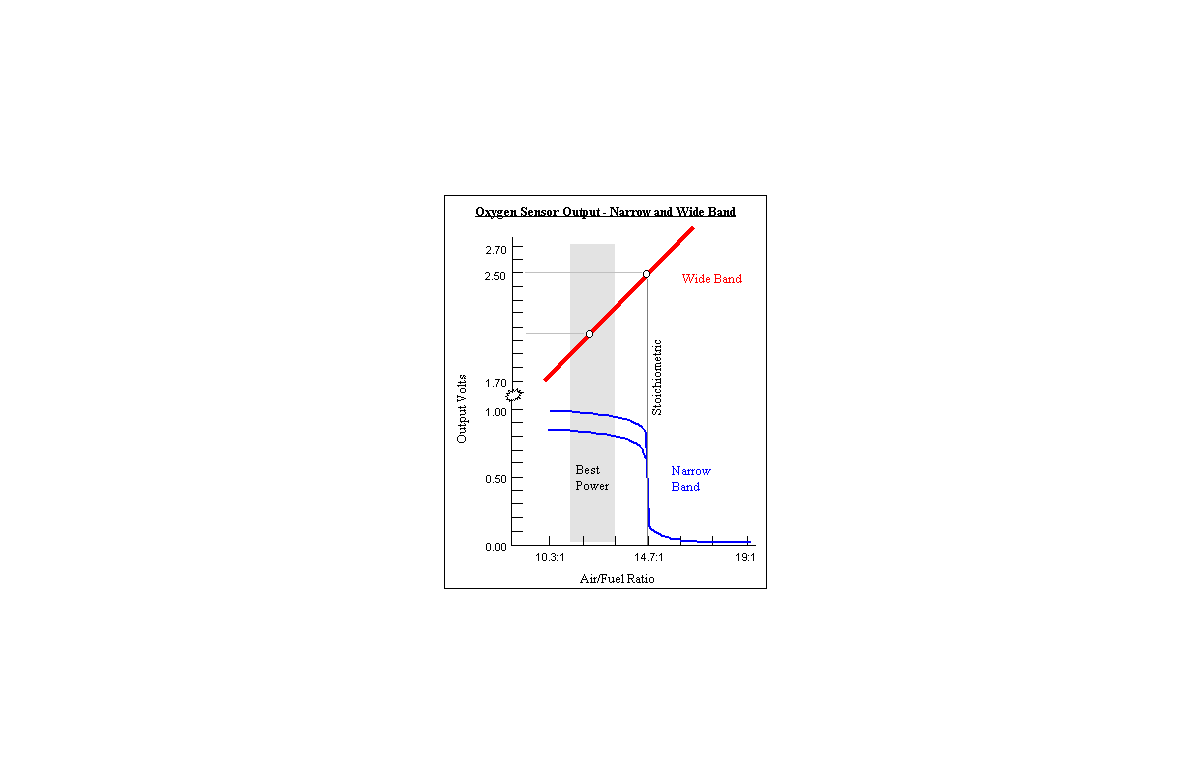How to tune for changes in AIT's
As Written By: Enginebasics.com
Tuning Air intake temp sensors have become vital to getting a good steady tune on modern EFI systems. The following is a article about how IAT's (Intake Air Temps) effect how a motor runs.
First we need to understand the idea of Ambient. Ambient refers to the natural temperature of the air. For example of the air temperature that day is 80 degrees, and the AIT is reading 80 degree temperature air in the intake manifold then you would say that your IAT's are ambient. In the same example if the IAT sensor was reading 90 degrees than you would say the intake air is 10 degrees over ambient.
Now that we understand ambient lets talk about what the temperature of air does to the tune of a motor.
Warm air is less dense
As AIT climb in your motor you will notice that you will be losing power. This is because air expands as it heats up, therefore there will be less oxygen molecules per square inch. So even though your motor is going through the same stroke of displacement, and the motor sucks in the same amount of volume of air, that doesn't mean that the volume of air contains the same amount of oxygen molecules. Because of this the car will have less power as the AIT's get hotter. This is why people install hood scopes or intakes that bring in cool outside air instead of sucking in warm air from under the hood. Also you will notice that the A/F ratio will become richer because while the same amount of fuel is being injected, yet the air is not as dense as it was because of the warmer air temperature.
Cool air is more dense
Cooler air gives you more power because there are more oxygen molecules per square inch of air, meaning the air is denser. Denser air is better because your motor will now ingest more air in a given stroke. Because of this you will notice that the A/F ratio of the motor will become lean due to that fact that your motor is still injecting the same amount of fuel but there is more oxygen present because of the denser air.
How to tune for AIT temperatures
Most modern ECU's have a fuel modification table for air intake temperatures. In this table you can set the amount of fuel to be added based on the intake temperature. As a rule of thumb you will add fuel as the temperatures become cooler and pull fuel as temperatures become warmer. This will take some time and dialing in on your part to extrapolate a perfect curve that matches the efficiency of the motor.
Forced Inductions affects on AIT's
Hopefully you are reading this article with already a good idea of what forced induction is and why you run an inter cooler on these set-ups. But notice that AIT's play a huge role with forced induction applications. Pressurizing the air is directly proportional to the AIT's meaning the more boost you run, the higher the AIT's are going to climb. To be fair though, the more boost your run the more air will be found in a given volume. What to look out for is that under higher boost situations you will get AIT's that will get +50 over ambient and higher temperatures, which at that point the air is so warm that it becomes easier to ignite in the motor, and you may have to pull timing to avoid detonation in the motor. Also richening up the mixture with fuel can help cool the cylinder temps as well to avoid pre-ignitions conditions and help with higher EGT's.




Leave a comment
This site is protected by hCaptcha and the hCaptcha Privacy Policy and Terms of Service apply.